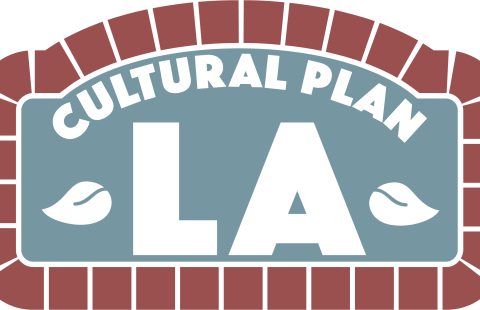What were the specific goals of this creative economy project? Describe the community development challenge or opportunity that your project was designed to address:
The original goal of this effort was to create a plan and raise funds to help promote Lewiston Auburn’s arts and culture. LA has long held an unfavorable reputation in the state of Maine and experienced low tourism rates compared to the rest of the state (a state known as “Vacationland”). Yet LA is an increasingly diverse place with a living, growing arts and culture scene.
If the goals change over time, please describe how:
Over time the initiative become a full cultural planning process, the end goal of which was to produce a comprehensive yet feasible roadmap toward economic revitalization for Lewiston and Auburn through arts and culture.
Who was involved in this project and what did they do? (be sure to include the partners from outside of the creative sector and how local voices were included):
Cultural Plan LA was created in collaboration with a Steering Committee and a Guidance Committee composed of representatives of the Lewiston Auburn municipalities and creative organizations and with broad community participation from the greater LA area. The concepts and solutions in the plan were shaped by residents and stakeholders. Involved were representatives from the following municipal entities, organizations, and businesses:
• Androscoggin Historical Society
• Androscoggin Valley Council of Governments
• Auburn City Council
• Auburn City Planning
• Auburn Public Library
• Auburn Public Schools
• Bates College Harward Center for Community Partnerships
• Bates College Museum of Art
• Bates College Olin Arts Center
• City of Auburn Economic Development
• City of Lewiston Economic & Community Development
• Community Little Theatre
• Downtown Handmade & Vintage
• Emerge Film Festival
• Gendron Franco Center
• Grow L+A
• Kimball Street Studios
• LA Metro Chamber
• L’Hommedieu Law Office, P.A.
• Lewiston-Auburn Economic Growth Council
• Lewiston City Council
• Lewiston Public Library
• Lewiston Public Schools
• Linnell, Choate & Webber, LLP
• Maine Folque Co-Op
• Maine Music Society
• Maine’s Lakes & Mountains Tourism Council
• Maine State Senate
• Museum L-A
• Outright L-A
• Pilotage
• The Public Theatre
• Round Point Movies
• Sofia Fima
• Studio A Architecture
• Sun Journal
• Tree Street Youth
• Union of Maine Visual Artists, LA Chapter
• Wicked Illustrations Studio and Gallery
Additionally, L/A Arts worked closely with consulting firm Reinholt Consulting, which had previously created a cultural plan with the High Peaks region of western Maine.
How does this project relate to a larger community development strategy?
Advances in technology over the past decade enabled development of new and low-cost methods for tracking and measuring the economic impact arts and culture have on local economies. Today the creative economy is broadly recognized as a viable tool for economic development. Communities now have access to a growing body of data to support planning initiatives aimed at cultivating the creative economy.
Both Lewiston and Auburn recently completed Comprehensive Plans recognizing arts and culture as necessary components to social well-being, community building, and continued revitalization and creative economic growth.
To remain competitive in an innovative global market, cities need to provide an adequate environment that attracts creative capital. Characteristics of competitive environments include arts and cultural resources, entertainment options, aesthetic streetscapes and walkways, community interaction, educational assets, and recreational amenities. Cultural planning can help communities address opportunities for development that span and enhance important public agendas, including community building, downtown revitalization, economic development, lifelong learning, public health, and public safety.
Recent years have presented an important time to gather the creative potential that LA holds and focus it to create an identity that reflects LA’s history, present, and future. This collaborative effort increases awareness of the importance of the arts in economic development and their role in increasing quality of life and social well-being.
What projects or places, if any, inspired your approach to this creative economy project?
Cultural plans and plan development narratives from Chicago; Maricopa County, AZ; and the High Peaks region of western Maine informed initial development strategies for creating Lewiston Auburn’s plan. Cultural plan development resources from British Columbia also aided in planning.
